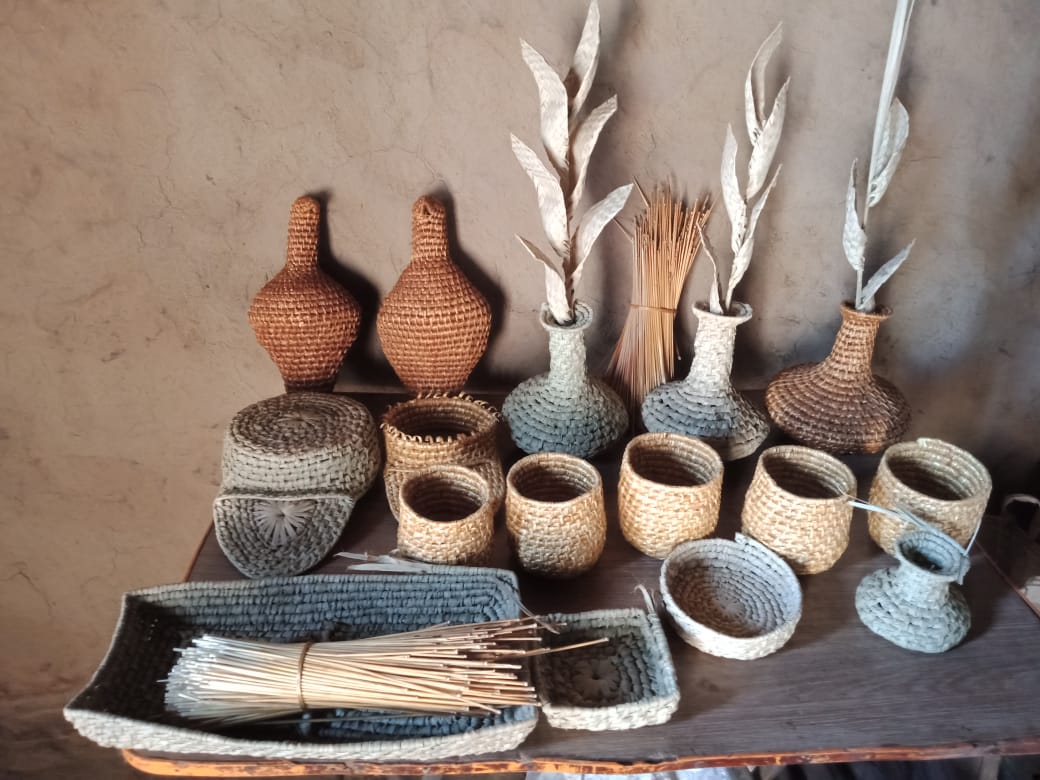
What Can Two Imaginative Minds Create With Wild Grass and a Thorny Tree?
A teacher from Maharashtra’s Purushwadi village visually documents the craftsmenship of two brothers, who use wild grass, a thorny tree and their imagination to create sustainable vessels, vases, ornaments and more
Photo story by Mahadu Chindhu Kondar
Read the original story in Marathi
In Marathi, we have a saying: Nisarg majha sakha sobti – nature is my friend and companion.
We believe this because all of nature’s bounties are bestowed upon us without paying a single rupee. Humankind has not yet realized the value of these riches.
Today, I am going to tell you about Kahandal grass and Shindi trees, that grow wild in my village Purushwadi, whose importance was discovered by my childhood friends – the brothers Goraksh Savreram Baramte and Tukaram Savreram Baramte! They proved that through craftsmanship, these wild grasses and trees could help us avoid plastic and earn money too:
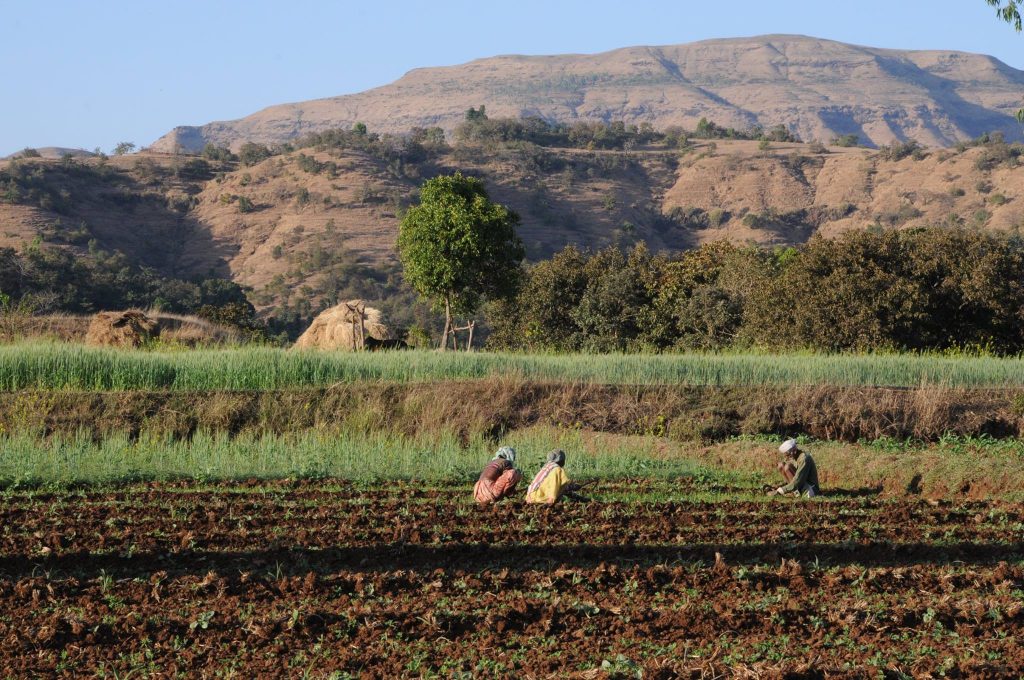
Purushwadi is a small adivasi village of 115 families. Near the village, the Kurkundi river flows down from Bhairavnath mountain, and this river water is our lifeline – is used for drinking and farming.
Every monsoon, lakhs of fireflies come to Purushwadi, attracting lots of tourists too.
Photo: Grassroutes
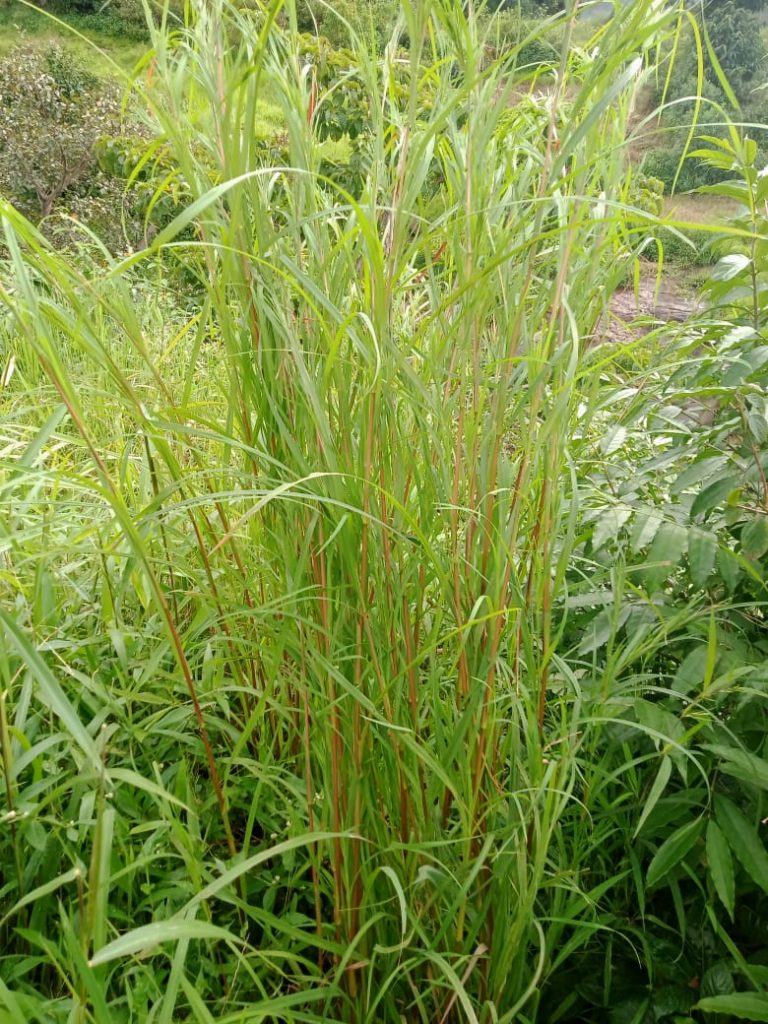
In the village area, there are several types of trees, grasses and weeds whose use is still not known to many people.
Since the olden times, the Kahandal grass grows everywhere – in the mountains and along farm embankments.
Photo: Mahadu Chindhu Kondar
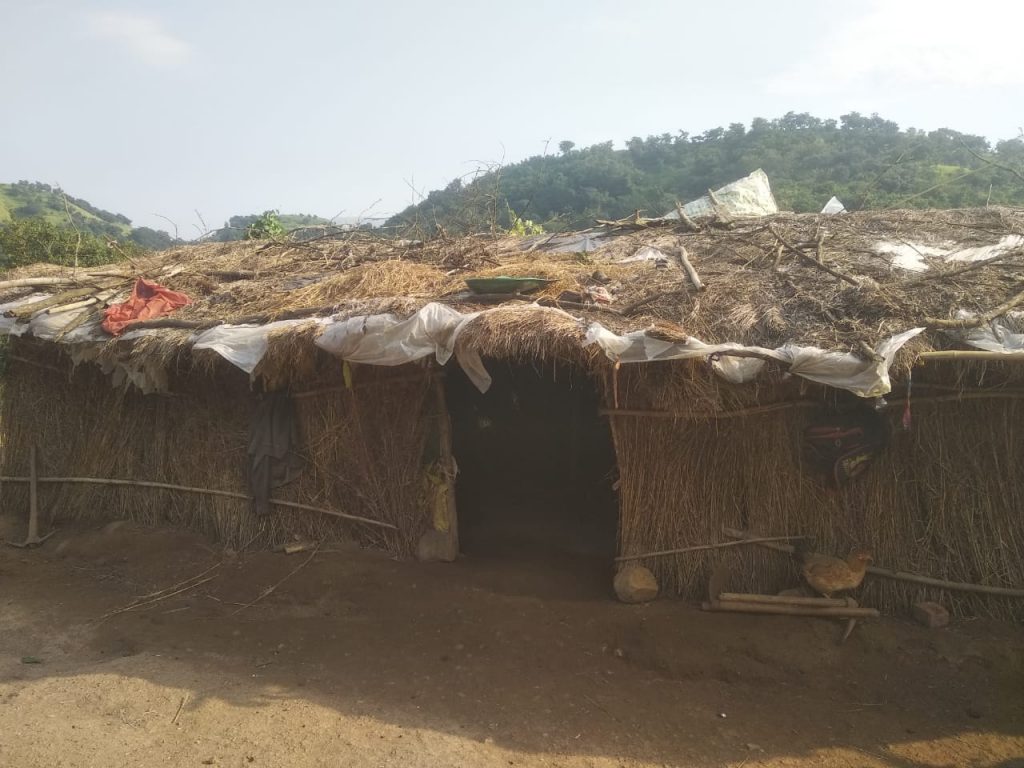
In the past, it was used as animal fodder or to make the roof over the houses. These two were the only uses known to the residents of Purushwadi.
Photo: Mahadu Chindhu Kondar
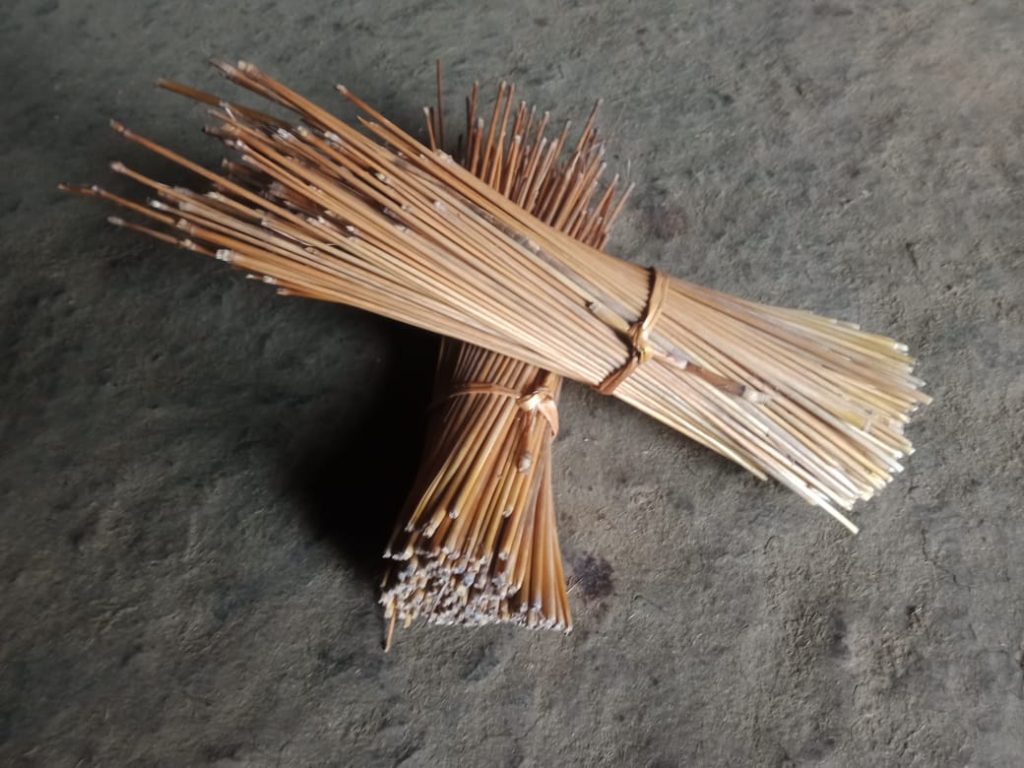
Kahandal grass grows in the month of June and matures in November or December. When it matures, the blades of the grass dry up and look blackish, yellowish or copper in colour.
Photo: Mahadu Chindhu Kondar
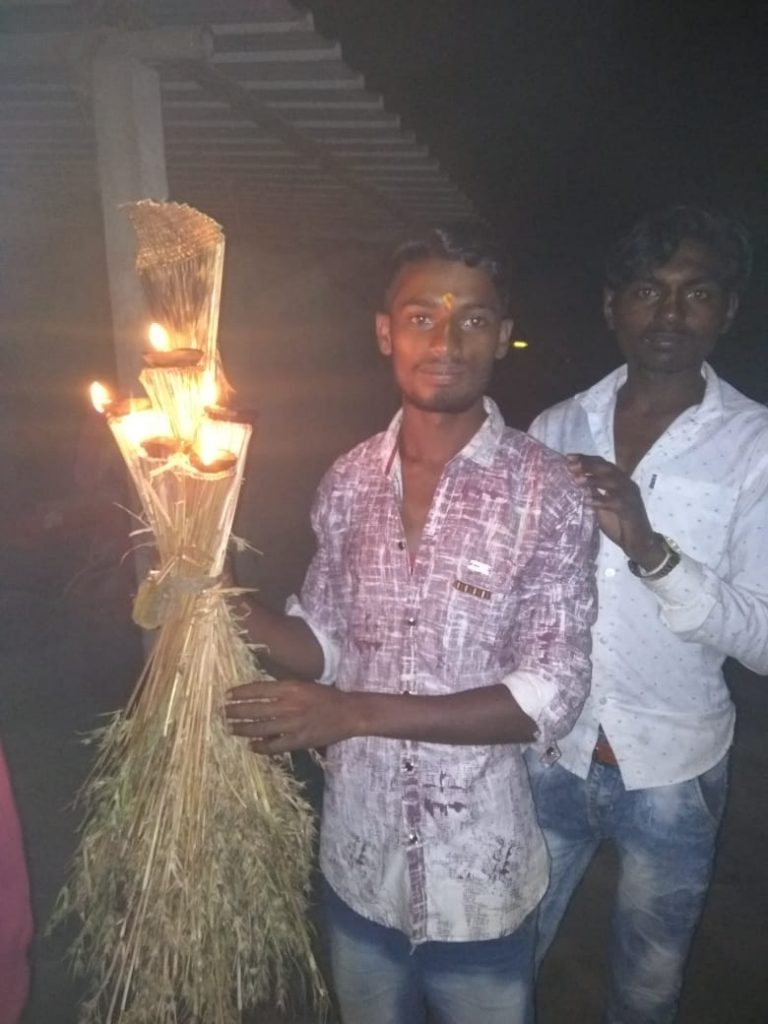
In Purushwadi, the festival of Diwali is celebrated with great joy and happiness.
During the five days of Diwali celebrations, the village children weave this grass into snake fangs. I’ve seen this tradition since my grandfather’s time.
People take their pet animals for grazing in the village, so they need to be protected from snakes. Hence children make snake figurines and go from house to house, singing songs, and imitating cows or other animals loudly!
Photo: Mahadu Chindhu Kondar
During Diwali, parents buy toy guns and firecrackers for children. Seeing the chakra (ground spinner) and serpent fireworks from the market, Goraksh and Tukaram had an idea. They made the chakra using Kahandal grass!
Then they made a plate-sized big chakra which looked good too. Slowly they realized that using such layers, they could make rounded hats. Then purely using their imagination, they learnt to make flower vases, plates and models of temples, bullock carts, birds and owls!
They even began weaving kurkula – used for storing bhakri (flatbread made from rice, commonly eaten in Maharashtrian homes). Before this, we were getting used to plastic products from the market.
Photos: Goraksh Baramte
I have watched the two brothers very closely, in the process of turning wild grass into a beautiful hat. I wished I could also make a hat like that to gift my friends on their birthdays.
But it is true that God does not give the gift of art to everyone. The two brothers have always been artistically inclined and were good at painting as children too.
Photo: Mahadu Chindhu Kondar
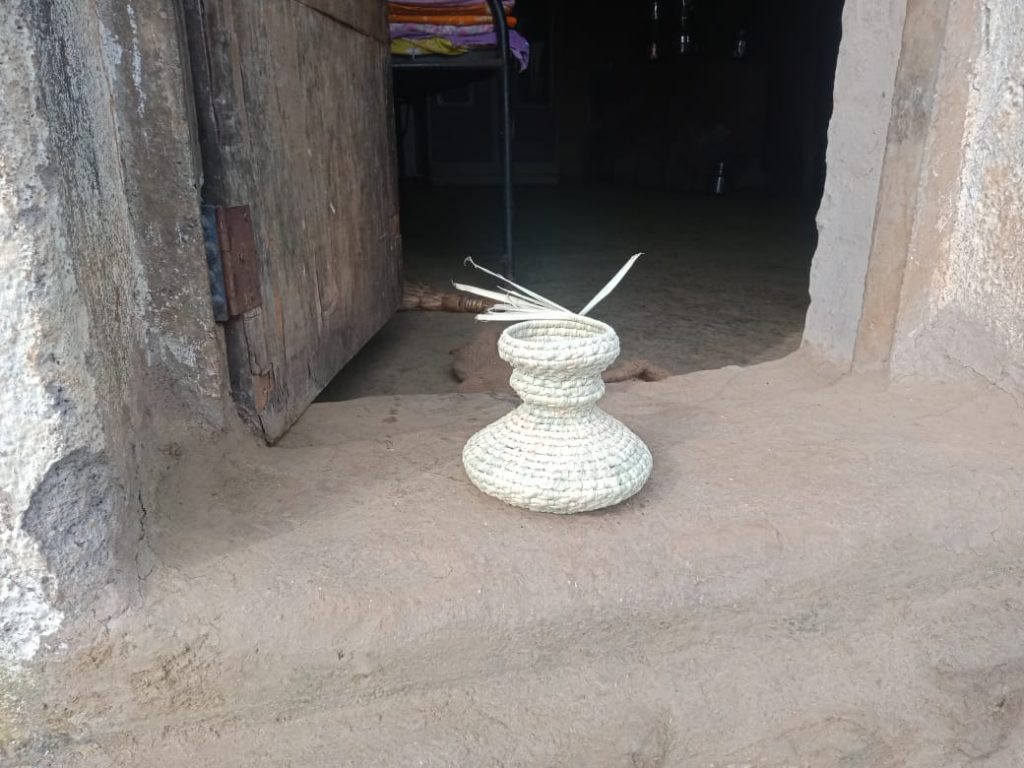
These items may be made from grass but they last longer than the products we can buy in the market. I recall that I had bought a kurkula for bhakris five years ago from Tukaram -and it is still as good as new! These handcrafted products do not break even if they are accidentally dropped.
Photo: Mahadu Chindhu Kondar
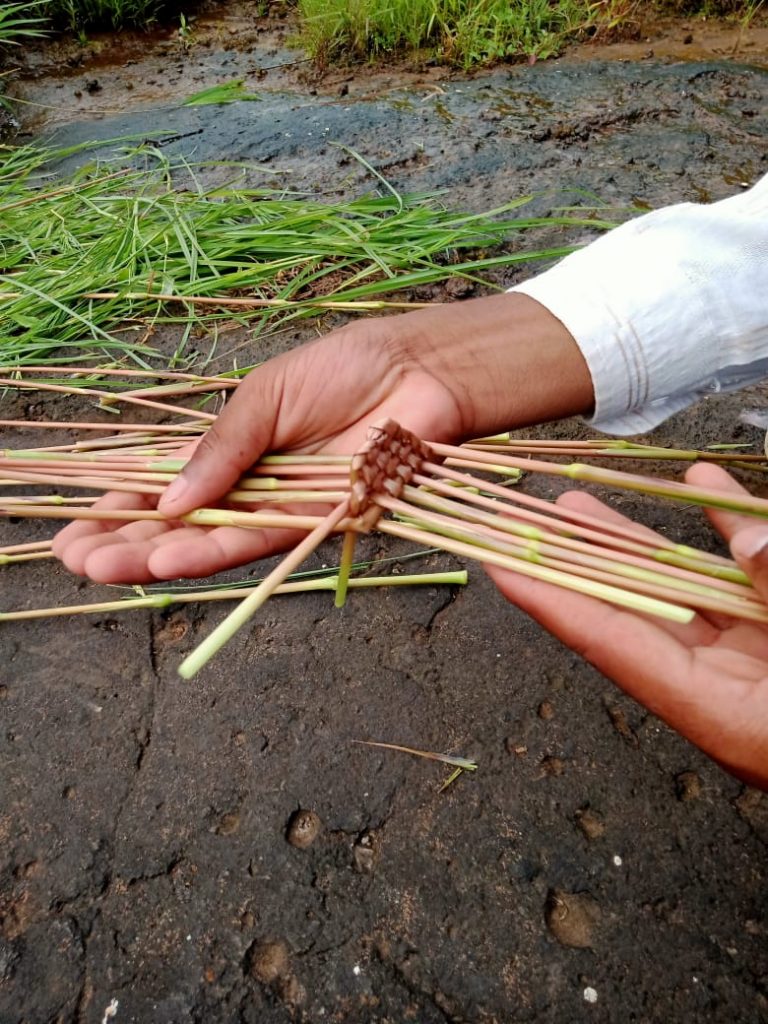
Many tourists have also purchased these innovative kahandal crafts.
I remember Goraksh had once made a bullock cart woven from Kahandal grass. As soon as a tourist group saw it, they took it to their tent and kept it there. And the next morning before leaving for home, paid Goraksh for it.
The tourists had liked it so much that they kept it close to them so that no one else bought it before them!
Photo: Mahadu Chindhu Kondar
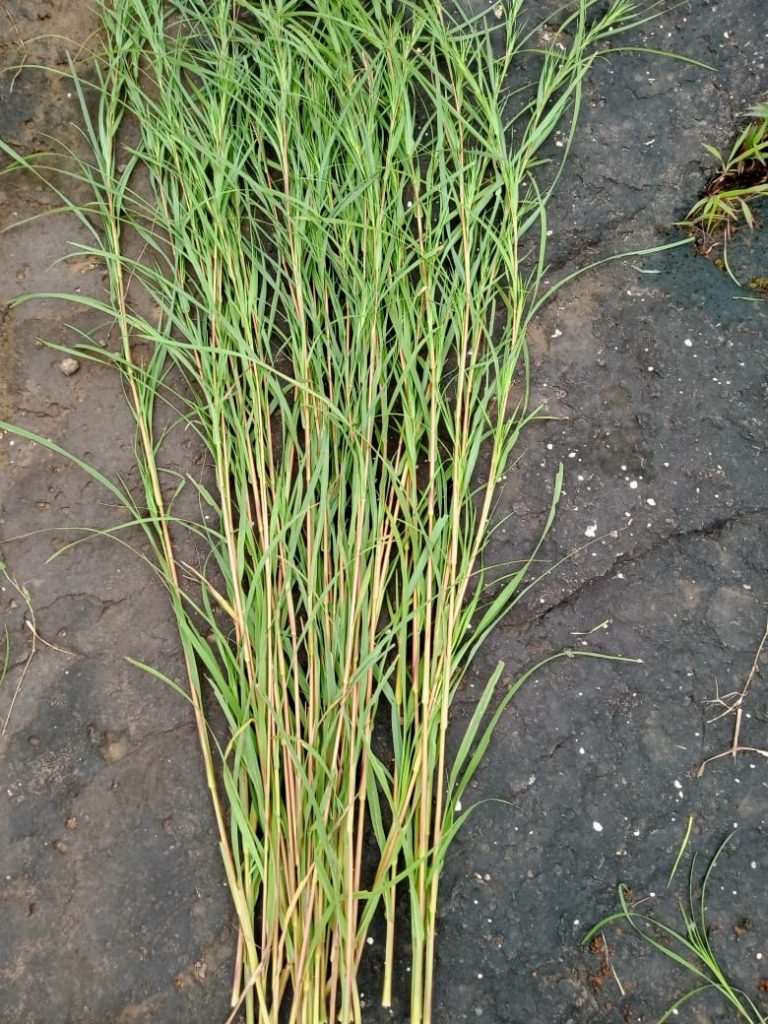
Goraksh and Tukaram have reminded the village of the value of this free grass. They have showcased that with hard work and creative imagination, we can make durable items with this wild grass.
Photo: Mahadu Chindhu Kondar
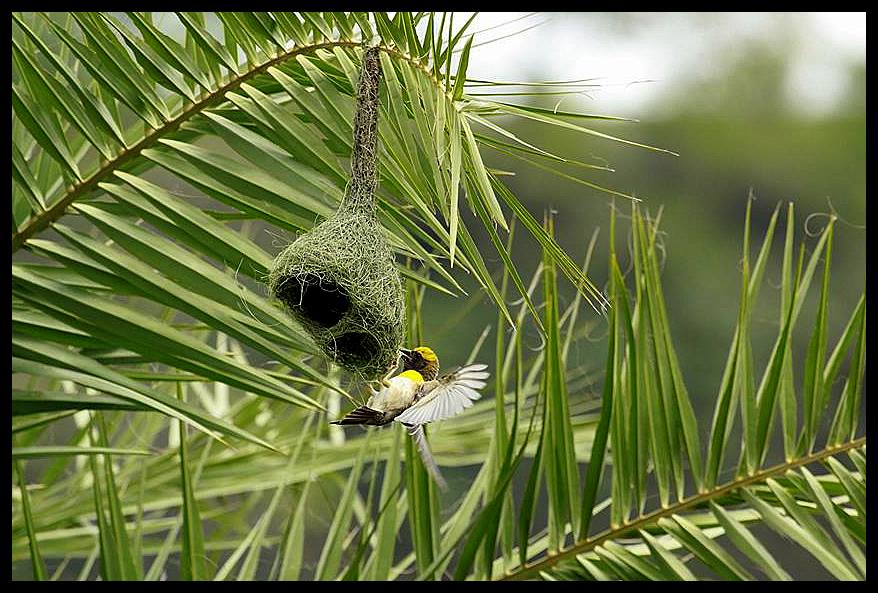
Now let’s look at the Shindi tree. It looks similar to a coconut tree but is taller and has slight differences. Shindi leaves are thorny and sharp. These trees only grow in farming areas, not in the mountains.
In the olden times, people from nearby villages would take toddy out of this tree. But this practice has gradually stopped.
Now only Baya weaver birds build their hanging nests in Shindi trees.
Photo: Mahadu Chindhu Kondar
During my grandfather’s time, there was an illness called maanmodi, in which a person’s neck would suddenly become crooked. In today’s times it would be called paralysis.
When someone got maanmodi, people would cut the young Shindi trees, slightly taller than the head, and drink the whitish-yellow liquid from it. We call this liquid “kaala”.
Kaala needs to be consumed fresh after it is extracted from the tree. It becomes bitter on coming in contact with the air for too long. Some people mix the kaala in water and drink it. This helps build immunity against diseases. It is said that those who drink kaala do not catch a disease easily.
Photo: Mahadu Chindhu Kondar
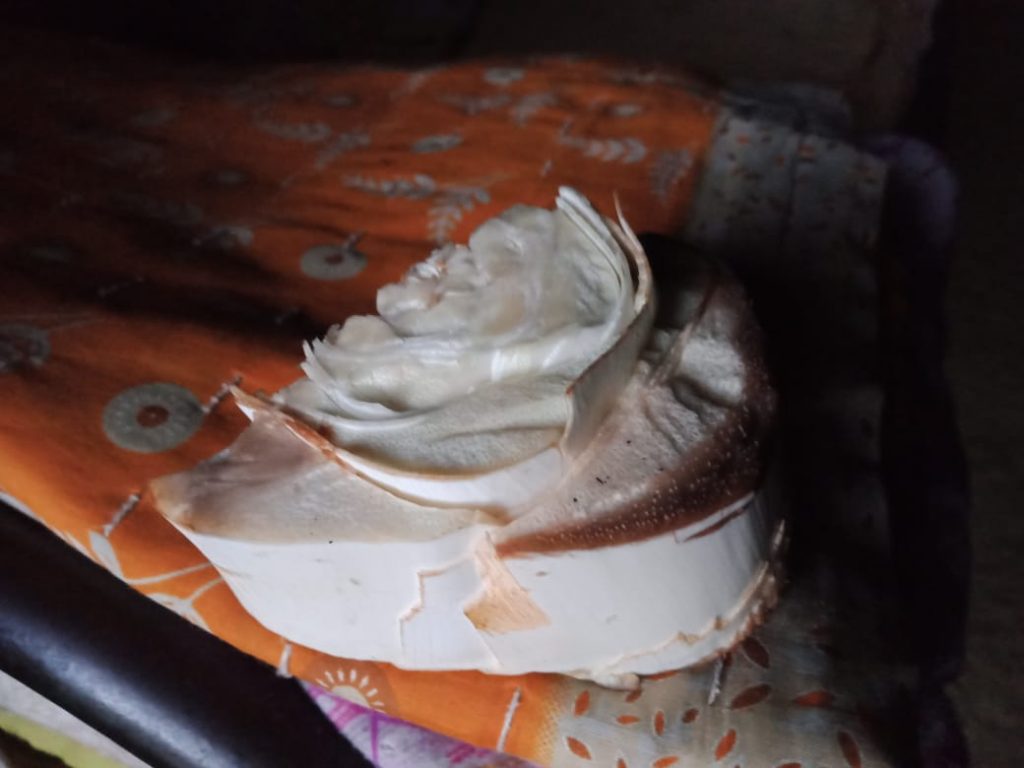
All of us – Gulab, Tukaram, Baba, Pandit and I – have extracted kaala from Shindi trees in 2020. We’ve consumed it ourselves and given it to our families to build our immunity during the rise of coronavirus infections.
Photo: Mahadu Chindhu Kondar
A big Shindi tree bears kharkachya (silver date) fruits that look yellowish-orange in color when they start maturing. They turn black or brown in color on ripening, and are ready to be eaten. These fruits are called shindora.
Photos: Mahadu Chindhu Kondar
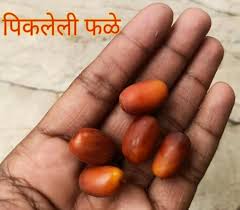
In the Sahyadri ranges of Maharashtra, in the Harishchandra mountains, there is a range called Shindora. It connects the villages of Kumshet and Dhamnavan.
Shindi trees and shindora fruits are more common there. The fruit is removed by tying the Shindi leaves with each other and sitting on them, or using a stick to drop the fruit.
I had once, while passing through there, tied the leaves like a swing and plucked the Shindora!
Photos: Mahadu Chindhu Kondar
Unfortunately, no one wanted the Shindi tree in their farms since it is thorny all over. While working in the farms, there is risk of injury, so people felt contempt for this tree.
During my childhood, dried branches of Shindi that had fallen down were brought home. And we little children, with the help of scythe, broke the thorns of the branches and played car-car with it. We would make rings out of the leaves, wear them on our fingers and roam around the village happily.
Sometimes people in the village pluck the leaves to make brooms. The farmer from whose farm the Shindi leaves are plucked is given charhate (fans) woven of plastic threads.
Photos: Goraksh Baramte, Santosh Kondar
The Shindi tree has whitish-yellow clump growth. Goraksh Baramte began to use leaves from these clumps and craft them with his imagination.
He plucks and brings the bunch home, and after it dries a little, he makes caps, flower vases, and shapes like trees out of them! In this way, the tree nobody cared about, has become a source of livelihood and pride for the Baramte brothers!
Photos: Mahadu Chindhu Kondar
From the craftsmanship of the brothers, I learnt that everything in nature has value. Every plant, tree and even wild grass that seems useless, can enrich our lives, create livelihoods, replace store-bought plastic and make us proud of our creativity.
Photos of Goraksh and Tukaram Baramte by Mahadu Chindhu Kondar
Read the original story in Marathi
Meet the storyteller





















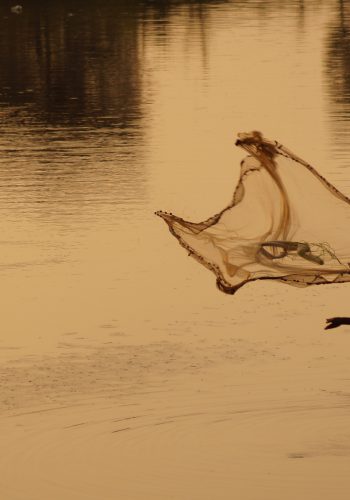
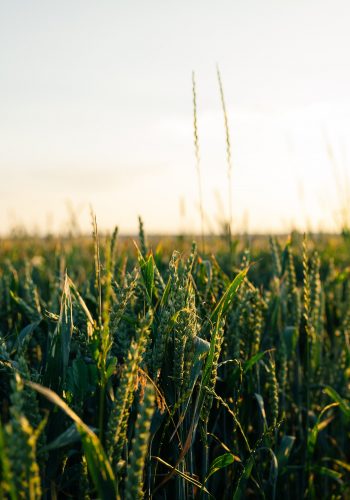
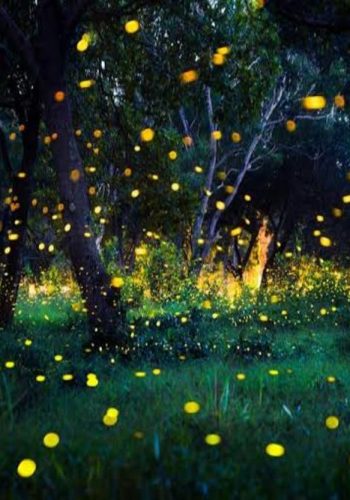
Amazing story and lovely photos. Loved it. And wish all the arti and all the very best to continue this beautiful work
Creativity has no boundaries. How well and beautifully created pieces of art. Well done.
This simple beautiful story is as lovely as the creation of two brothers. Also this reminds me the same use of Moonj Grass ( Sarpat) a wild grass Grown across India used for making hundreds of utility products but since plastic has taken over the use has of Moonj handfans, baskets, caskets, vessels has been decreased remarkably now it’s more restricted to the use of Making brooms. Artisans who make these products now sell the same things for four times price which used to be there ten years ago and it’s very understandable.
Only we as an awaken Conscious people can change the scenario by accepting Only organic and discarding plastic as much as possible.
Lovely Creations!!! Would love to buy some!
[…] What Can Two Imaginative Minds Create With Wild Grass and a Thorny Tree? A teacher from Maharashtra’s Purushwadi village visually documents the craftsmenship of two brothers, who use wild grass, a thorny tree and their imagination to create sustainable vessels, vases, ornaments and more. […]